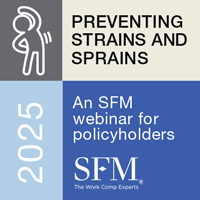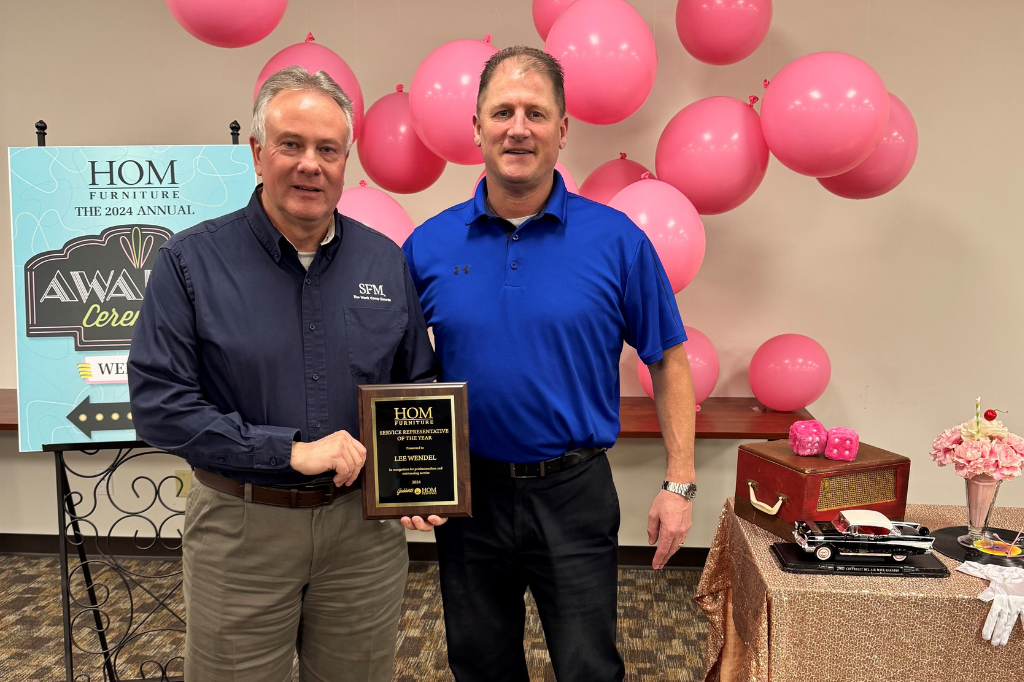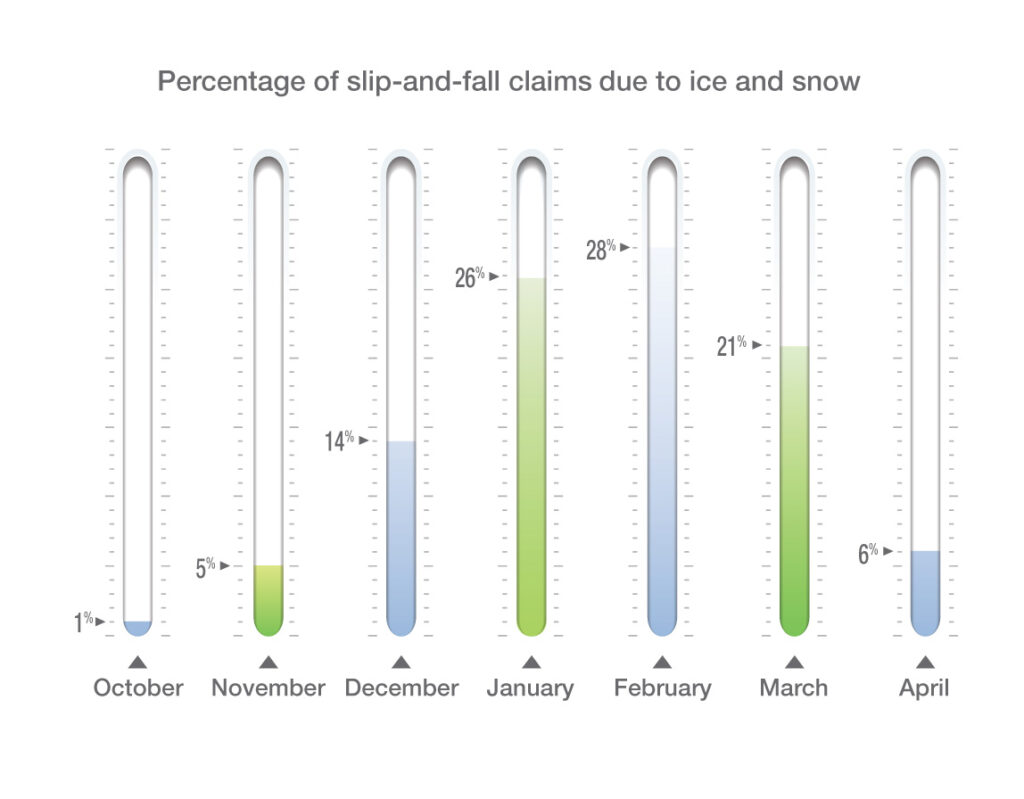When an attorney gets involved in a workers’ compensation claim, it can increase claim costs and harm outcomes for everyone involved.
CLARA Analytics found that attorney involvement with workers’ compensation claims led to an average 388% increase in claim costs. Additionally, litigated claims remained open 195% longer than non-litigated claims, and workers stayed disabled longer when they were represented by an attorney, according to the CLARA Analytics study . Higher claim costs can result in higher future workers’ compensation premiums, and longer disability times harm employers and employees alike.
Once an employee is represented by an attorney, they’re no longer able to talk directly with their claims representative, creating a disconnect when managing the claim. The contentiousness can also ruin the relationship between the worker and their employer.
There are situations where litigation is unavoidable, such as when there are complex issues regarding what caused an injury, said SFM Senior Defense Counsel Tom Davern. But many times, there are steps employers can take that can help prevent workers feeling they need legal representation.
Why claims go into litigation
There are a few common reasons why injured workers choose to hire attorneys, according to SFM Claims Specialist Martha Crump:
- Fear of losing their job. They may be worried that they may not be able to perform their work duties due to the injury, or fear retaliation.
- Lack of communication. If the employee is off work due to the injury, and no one is reaching out to them, this can make them feel forgotten and leave them with unanswered questions.
- Pressure from coworkers. If an employee gets pushback or ridicule from coworkers while performing light-duty work, they may feel they need the added protection of a lawyer.
- Not understanding the workers’ compensation process. For example, the worker might not realize that if a medical treatment isn’t approved right away, that doesn’t mean it is denied.
Common causes of litigated disputes
There are a few common causes at the heart of litigated workers’ compensation claims, according to SFM Defense Counsel Peter Lindquist. Those are:
- Primary liability issues, such as disputes over whether an injury actually happened, or whether it’s compensable.
- Medical disputes, such as whether the requested medical treatment is reasonable, whether the injury is a contributing cause, whether the treatment is permitted by statute or whether doctors agree on the recommended treatment.
- Wage loss disputes, such as whether an employee’s refusal of a full-duty or light-duty job offer is reasonable, whether an ongoing reduction in earning capacity is related to the injury, whether a former employee is diligently job seeking, differing views on the extent of the injury’s impact, or conflicts over the wage rate and benefits due.
Other less common causes of workers’ compensation disputes are rehabilitation services (the nature, extent and cost of these services) and administrative issues, such as failure to file a claim or pay benefits on time.
Strategies to prevent litigation
There are a number of steps that employers can take to prevent the kinds of scenarios that cause workers to seek representation from an attorney.
Before an injury occurs, you can:
- Implement or review policies and procedures related to work injuries. This includes clarifying how to report work injuries, and who will work with injured employees as they recover.
- Develop a return-to-work plan. Think about how you will accommodate employees who have work restrictions so you can bring them back to work as soon as they are medically able. SFM provides resources to help you identify possible light-duty jobs.
After an injury occurs, you can:
- Provide reassurance. Assure injured workers that you will help them get back to work as they recover and provide them with light-duty work if necessary.
- Stay in contact. Have a designated person reach out to the employee on a regular basis to see how they’re doing and see if they have any questions about their claim or the return-to-work process.
- Anticipate questions. Encourage the employee to always reach out to their SFM claims adjuster for clarification or questions.
- Suggest using our online claim portal. Encourage the employee to register for the SFM Claim Connection portal, which will provide them with information on their claim and payments.
- Maintain policies and expectations. Make sure the employee knows your expectations, such as regular updates if they’re off work.
- Keep good documentation. Document the facts of the injury, how it was reported, witnesses, and any other details that might be important. Continue documenting any updates as the claim progresses.
- Accommodate work restrictions. Provide light-duty work that fits the employee’s medical restrictions so they can return to work as soon as medically possible.
- Take concerns about work restrictions or retaliation seriously. Make sure the employee is following any medical restrictions and promptly investigate any concerns about retaliation. Discourage and stop any ridicule from coworkers over light-duty work.
- Discuss other options. Provide information on any options that may be available to the employee such as a medical leave, the use of the Family and Medical Leave Act (FMLA) and short-term or long-term disability benefits.
- Think hard before terminating. If you’re considering termination, think through the possible ramifications before deciding. SFM and your agent can be resources to help you through these types of questions.
“We can’t overemphasize the need to communicate, communicate and communicate,” said Senior Defense Counsel Cheryl Bowsfield.
What if I have a litigated claim?
You can do all the right things, and still find yourself with a litigated claim. In these cases, it’s important to still follow the above steps to maintain a good relationship with the employee and help reach the best outcome possible.
This is not intended to serve as legal advice for individual fact-specific legal cases or as a legal basis for your employment practices.
Originally published December 2022; updated February 2025.




